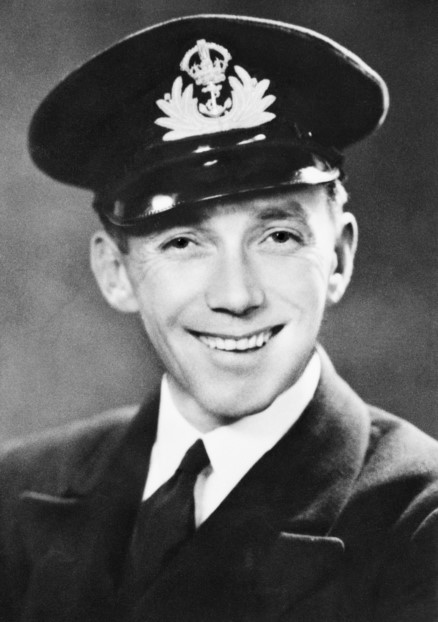
The Supply of the Timor Commandos from May 1942 to January 1943
The story of the little ships which ‘punched way above their weights’ and became known as the Timor Ferry Service, HMAS Kuru & Vigilant
Ron’s vast Naval and business experience, as well as his extensive research of Naval history including the Second World War in the Pacific and other military topics of interest, has led to the creation of this website.
The articles below are some “key events” that hold particular interest and have been a key focus of his research. They have earned a vital place in our nation’s history, and form part of Ron’s extensive knowledge of Naval History and World events from which he derives his speeches and keynote addresses.

The story of the little ships which ‘punched way above their weights’ and became known as the Timor Ferry Service, HMAS Kuru & Vigilant

As a post 1930 Military History Researcher (primarily), it is interesting when coming upon campaigns & engagements which occurred in the Pacific region during the Second World War with many of them right on our doorstep, but were not always widely reported or written about, and thus are not well known!

The following address was delivered by LEUT Ron S. Read RAN (Rtd) at the Cenotaph on 19 February 2024 – Salisbury, SA

Admiral McNicholl was born on 3 April 1908. In January 1922, aged 13 he entered the Royal Australian Naval College at Jervis Bay as a Cadet Midshipman where he excelled both academically and across all sports, graduating in December 1916.

One of the most shocking acts of barbarism during the Second World War in the Pacific occurred at Radji Beach on Banka Island on 16 February, 1942 when 22 Australian Army Nursing Sisters (AANS) were marched line abreast into the water and machine gunned from the shore-line.
21 were killed but fortunately one survived to tell her story.

Australia has produced many outstanding Naval Officers since the formation of the Royal Australian Navy’s naval college in January 1913 where most began their naval careers as 13 year-old Cadet Midshipmen. But one did not, who just happened to be a South Australian country lad who never held executive positions on ships on the high-seas but who went on to become our most decorated Australian Naval Officer during the Second World War. He is Lieutenant Commander Leon Goldsworthy RANVR and this is his story.

Over the course of 2024, I will post a series of articles featuring ‘twelve’ of the Royal Australian Navy’s most outstanding Commanding Officers.
Some of these men served with distinction as junior officers during the First World War, and later as senior officers in the Second World War. Many commanded capital ships in which history has noted their courage, brilliant ship-handling and outstanding war-time tactics on the high seas.
They were outstanding commanders who for the greater part began their long careers in the NAVY at the Naval College as 13 year-old Cadets.

Beginning with the outbreak of the Second World War in 1939, Australia needed warships for its NAVY and it needed them quickly. Moreover, following the attack on Pearl Harbor on December 7th 1941, it become a critical priority as it was clear that Australia would NOT be immune to attack by Imperial Japanese Forces in the months ahead.
Over the course of 2024, I will post the background history of eight (8) remarkable Australian ship-yards whose warship output, particularly from 1940 to 1946 was outstanding – with over 70 ships delivered to the Royal Australian Navy – during this period.